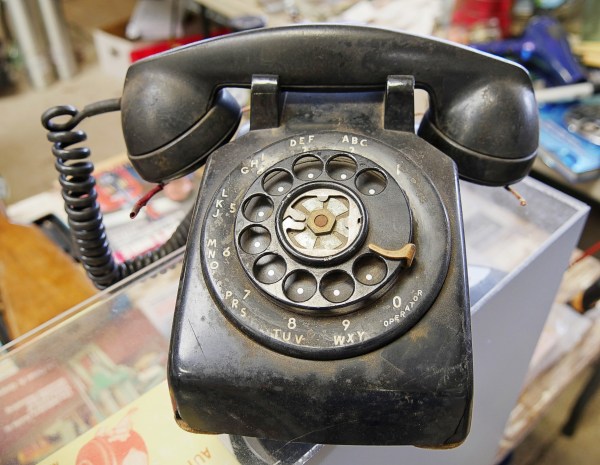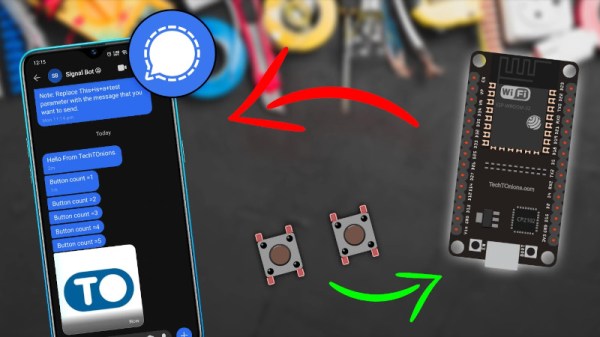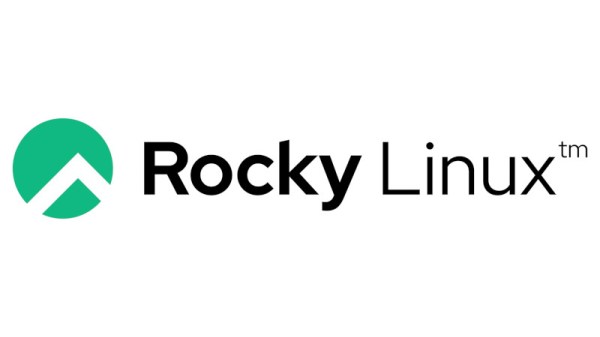Ah, phone phreaking. Some of us are just old enough to remember the ubiquity of land lines, but just young enough to have missed out on the golden years of phreaking. There’s something nostalgic about the analog sounds of the telephone, and doubly so when you understand what each click and chunk sound means. If this wistful feeling sounds familiar, then you too will appreciate [Evan Doorbell] and his recordings of 1970s telephone sounds. He’s been slowly working through his old recordings, and compiling them into a series of narrated tours of the phreak subculture.
[Evan]’s introduction to exploring the phone system started from a misdialed number, and an odd message. He describes that recorded “wrong number” message as being very different from the normal Ma Bell messages — this one was almost sultry. What number did he have to dial to hear that unique recording again? What follows is a youth spent in pursuit of playing with the phone system, though it would be more accurate to say the “phone systems”, as discovering the differences between the various local phone exchanges is a big part of the collection. Check out the first tape in the series after the break.
Continue reading “Evan Doorbell’s Telephone World”




















